Paul Thomas Anderson’s Licorice Pizza, the buzziest film of this recently minted year, is about a juvenile actor moving into the waterbed business. It is about a slightly older woman’s differences with her Jewish family. It is about the San Fernando Valley. It is about politics.
It is also undeniably about the 1970s. Anderson has been here before. Inherent Vice, set in one of LA's beach towns at the beginning of the decade, is more about the end of the 1960s. Boogie Nights, another Valley flick, is certainly about the 1970s, but it also has a lot to say about the succeeding decade. Licorice Pizza is really, really about the 1970s. The male protagonist, played by Cooper Hoffman, is negotiating freedoms and responsibilities that did not trouble teenagers a decade before or a decade hence. Each move is accompanied by a needle drop that hammers home the spirit of 1973. The society depicted is headed inexorably to Watergate and the endless crises of the decade's troubled second half.
Films set in the 1970s are more likely to be "about" the decade than those positioned at just about any other period. Filmmakers now grasp that the 1960s didn't happen for everyone. More were left behind by the social and cultural shifts than were carried forward. In western society, everyone seemed to be in the 1970s. Everyone is wearing the unfortunate clothes. Everyone has overcomplicated hair. Everyone has brown carpets. Everyone is moving through grainy, low-definition air. Or that is how it is depicted retrospectively on film and TV. We are talking about Richard Linklater's Dazed and Confused from 1993. We are talking about Cameron Crowe's Almost Famous from 2000. More than anything else we are talking about David O Russell's American Hustle from 2013.
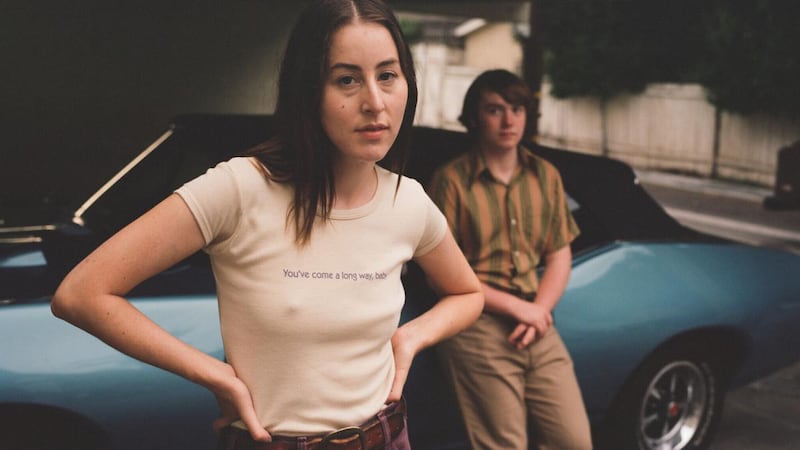
Pastiches such as Austin Powers in Goldmember aside, no film more shamelessly positions its characters in a cosmeticised heightening of the decade than that last crime picture. Amy Adams struggles to remain inside a leather jumpsuit centre-slashed to within nanometres of not existing between the shoulder blades. Christian Bale piles hair over his bald patch in imitation of a contemporaneous cottage loaf. Bradley Cooper finds unlikely areas to position suede on a sports jacket. Sometimes they can barely be heard over the inevitable needle drops (Wings? Check. Donna Summer? Check. ELO? Check.) At other times, they can barely be heard over the sound of the wallpaper.
American Hustle is the most outrageous example of a film whose characters seem to know they’re in a drama about the decade they’re living through. These characters are so taken up with being in the era they barely have time to live their lives. You don’t get this in films about the 1940s or the 1950s. You get a little of it in films about the 1960s and the 1980s. But the 1970s is the period that most imposes itself on cinema and TV.
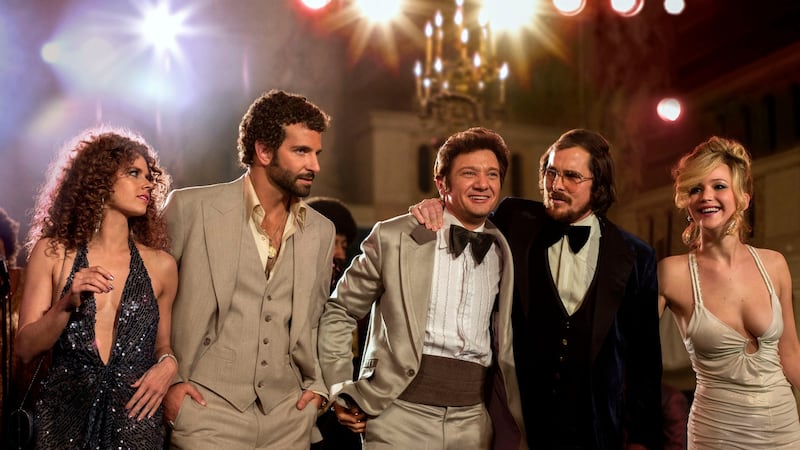
To get a sense of how 1970s period detail works it is worth considering an excellent television series and an almost equally good film based on the same novel. Retrospective treatments of the decade clarify how different the British and Irish 1970s were to the American version. Both can be seedy but, in these islands, the seediness seems borderline terminal. Take a glance at the BBC's version of John Le Carré's Tinker Tailor Soldier Spy from 1979 and Tomas Alfredson's film of 2011. The comparison is flawed, as the series seems to be set contemporaneously, while the film, like the book, takes place in the same year as Licorice Pizza. But both are concerned with England during the post-imperial decline – here at its sharpest angle – that took that nation from the three-day week through the Winter of Discontent and to the Thatcher short-sharp-shock treatment. The 1960s were a dream. This is the ghastly reality. At the close of the series, Bill Haydon, revealed as a Soviet agent, explains that, by the mid 1950s, he had realised the nation has no viability at all. "We were already America's street walkers," he says. No extravagant design is required to make the streets seem scuffed and litter-strewn. That is how they were. George Smiley, played with famous restraint by Alec Guinness, may live in an exclusive Mayfair flat, but he still warms his damp feet on a two-bar fire. None of the details seem forced. This is just life in 1979.
In contrast, Maria Djurkovic’s production design for the film may be beautifully grim, but it remains cloaked in artifice. Though this is a much more subtle piece than American Hustle, there is still a sense of the characters knowing they are in a period film. It says something about the old England’s discomfort with the shoddy new world that Gary Oldman’s Smiley eats a Wimpy hamburger with a knife and fork, but one simply can’t imagine Guinness’s version doing the same thing. This is the 2010s telling us about the 1970s. The DVD extras suggest that Alfredson was aware of the dangers. The outtake of George frying an egg to the strains of Blockbuster by The Sweet is essential viewing, but it would surely have nudged the film into pastiche.
So, why do these temptations hang around the 1970s over all other decades? It is hardly worth entertaining the notion that nostalgia goes in cycles and that we are just emerging from the scientifically proven 40-year rotation. As far back as 2012, an article in Slate pointed out then-recent instances of contradictory claims that nostalgia fests set in after 20, 30 or 40 years. What we can say, however, is that proper nostalgia for a period is barely possible until at least 10 years after that era ended. Too much of the culture and fashion hangs on. (The current pandemic may soon offer an exception to prove the rule, but let us file that with wars and earthquakes as a special case.)
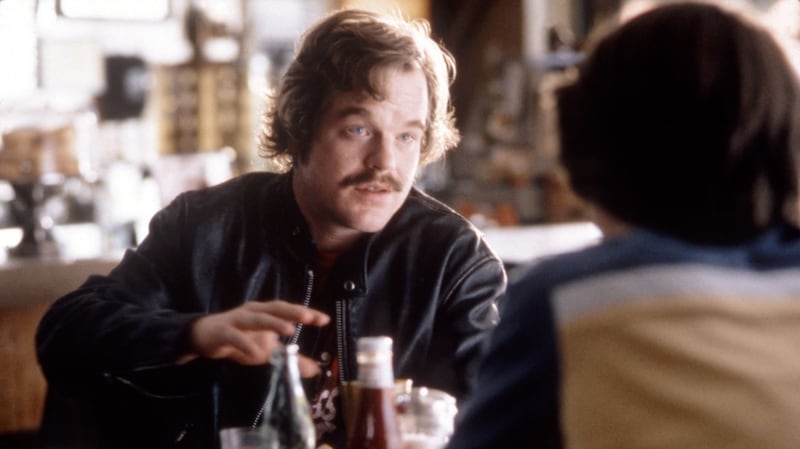
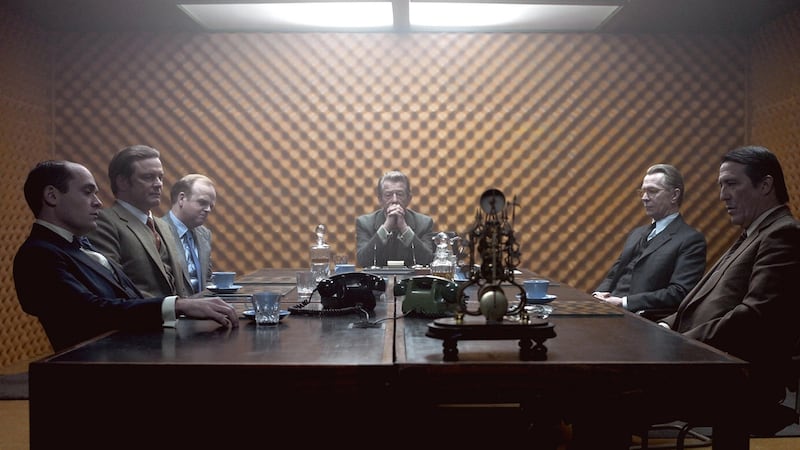
Sure enough, the 1970s retro-fever properly arrives with films such as Dazed and Confused and 54 in the early 1990s. As the millennium loomed, it was time for a sitcom entitled That '70s Show. The BBC went meta on the decade with the amusing Life on Mars in 2006. The show repeated a lot of the already familiar tropes from retro 1970s content – needle-drops, extreme fashion, browny brown – but also dug up some intriguing distinctions lost on even those of us who lived through the decade. Sam Tyler, a copper transplanted from the then present, asks the person putting an injured man into an ambulance what condition he is in. "How would I know? I'm only an ambulance driver," he says (or words to that effect). Oh yeah. Paramedics were rare in those days.
There is no question that visual aesthetics play a part. This was the penultimate decade that fashion existed. I exaggerate slightly but, from the early 1990s onwards, everyday style no longer went through the dramatic changes that characterised the 1960s, 1970s and 1980s. Scrunch your eyes up at, say, Seinfeld or Friends and you could be looking at New Yorkers in the present day. Nobody could mistake the characters in Rhoda or Kojak for emanations of the previous or subsequent decades. The temptation to go overboard on those looks is, for filmmakers, overwhelming.
Something else went missing even earlier. The world is in some ways a more dangerous place than it was in the 1970s, but it feels less anarchic than in the days before Margaret Thatcher and Ronald Reagan reeled back the supposed decadence. You get that sense of danger in Licorice Pizza. The 1960s has unleashed thrilling energies, but nobody is sure where that freedom will lead. You get a subdued, sickly take on that uncertainty in Ang Lee's peerless The Ice Storm from 1997. We now have swingers parties, but they just make couples sadder. You get an even more internalised take on the anxiety in Sofia Coppola's The Virgin Suicides from 1999. Where the hell are we going now?
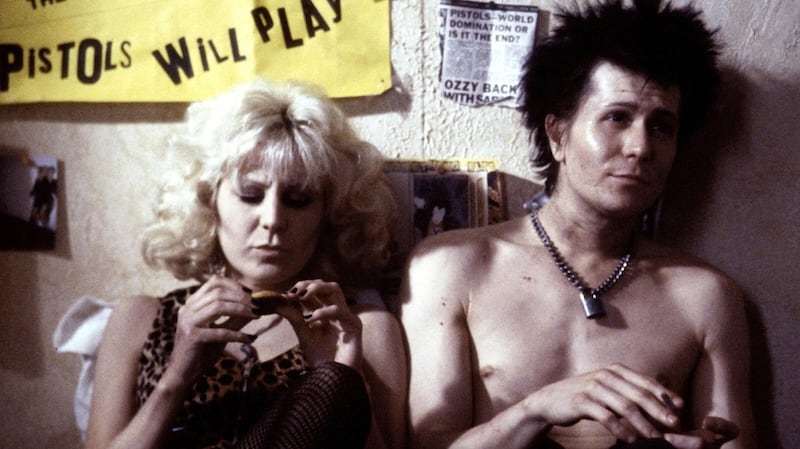
The political and social changes of the 1980s offered pseudo-answers to that question. Those solutions made many less happy. It made others more comfortable. But the sense of ubiquitous questioning and unavoidable doubt was at least pushed under the surface. The US and Britain – Ireland ticked to a different clock – became a little more ordered and a little more boring. The 1970s was a brief wild west. Of course, filmmakers want to eulogise such an era.
Who better than Martin Scorsese, who made great films both in and about the 1970s, to illustrate the point? Towards the close of Casino from 1995, Robert De Niro's character looks at the theme park Las Vegas has become and thinks back to the good-bad times of the 1970s. "And while the kids play cardboard pirates, Mommy and Daddy drop the house payments and Junior's college money..." he says. The speech rhymes with Ray Liotta's at the end of Goodfellas. Henry Hill, wild in the 1960s and 1970s, is now, thanks to witness protection, trapped in Reaganite suburban conformity. "I'm an average nobody," he says. "I get to live the rest of my life like a schnook." Then we hear My Way by Sid Vicious. Which reminds me. The first great retro 1970s film might well have arrived in 1986 with Alex Cox's Sid and Nancy. How could I forget?




















